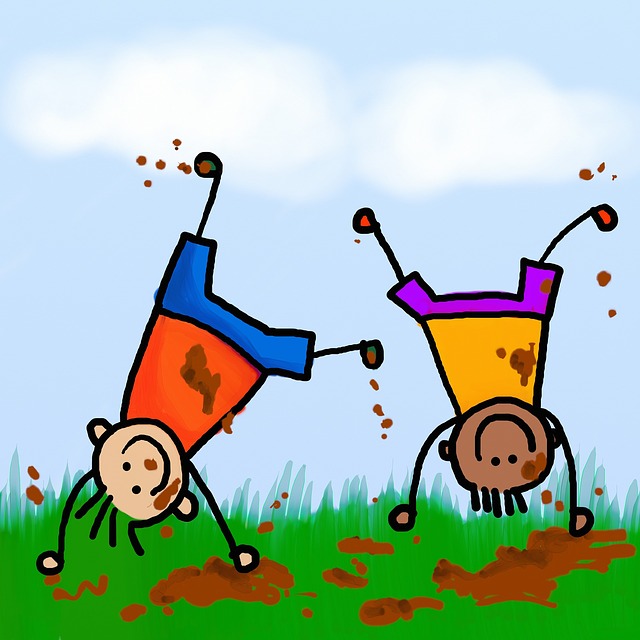In her TedTalk, pediatric occupational therapist Angela Hanscom discusses three trends that teachers have reported over the course of the last 30 years: increases in children experiencing difficulty paying attention in school, changes in spatial awareness (possibly evidenced by children running into each other or into objects/walls or falling out of chairs) and an increase in children’s frustrations. In an effort to discover the causes behind these trends, Hanscom completed a study to look at core strength and normal balance reactions and compared these results with standardized norms from 1984. Her results indicated that only 1 out of every 12 children was meeting the averages of those children in the 1980s. Why? A factor that may have contributed to these results is an increase in reducing and restricting children’s movement opportunities. Today, there is less play outdoors (e.g., rolling down hills, climbing trees,) a decrease in recess time and containment in chairs for longer periods of time (in school and at home.) Her recommendation is simple: allow children to move in all different directions, rapidly and frequently, throughout the day.
Hanscom’s own recommendations include increasing the length of recess time and allowing a variety of movement (hanging upside down, spin in circles, jump off objects or climb objects.)
As a pediatric SLP, I’ve found movement based activities to not only be a great opportunity for language elicitation, but as an opportunity to get children up and moving. Some successful activities I’ve used during my sessions include pushing chairs across the room (e.g., get an animal from one location to another,) having children walk across benches of varied heights and having them stand and play with manipulatives (window clings, Squigz) on the window.
Get a Free Online Assessment
Looking for an expert opinion on your child's needs? Fill out a 3 minute questionnaire and receive a personal evaluation from our staff



